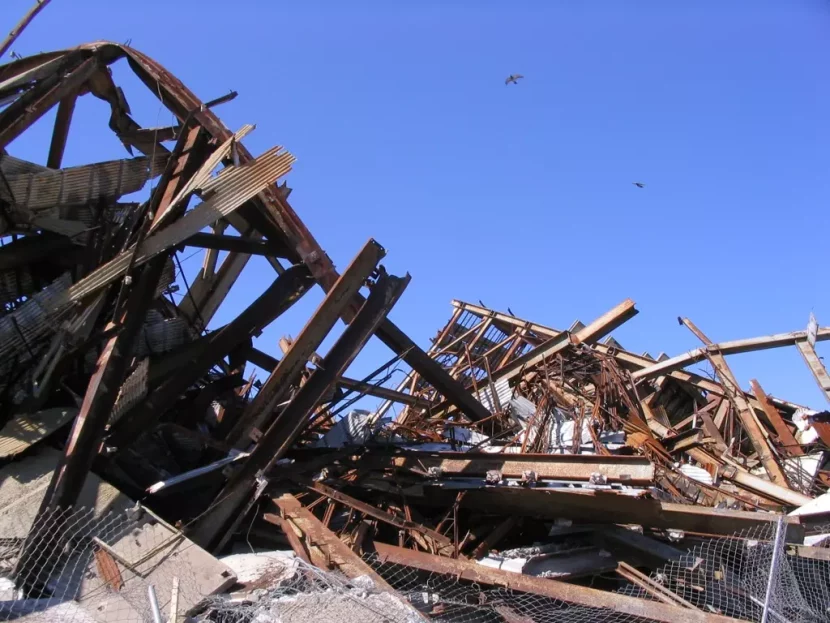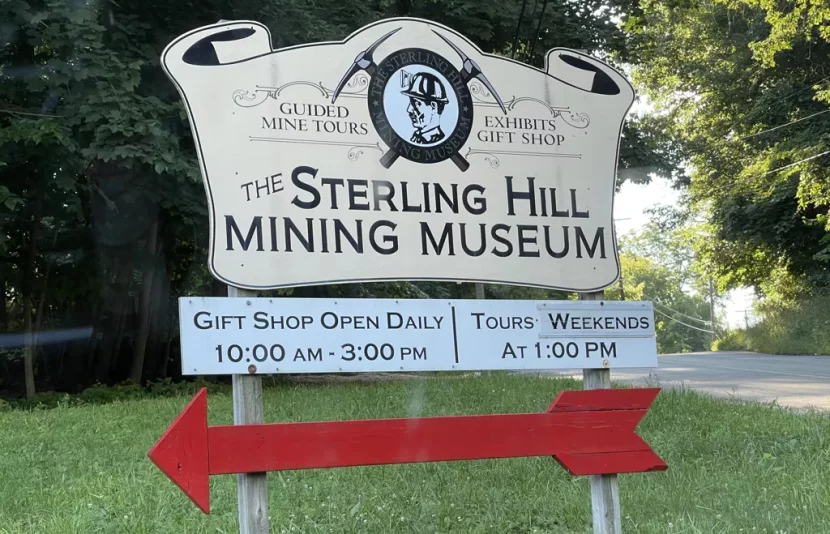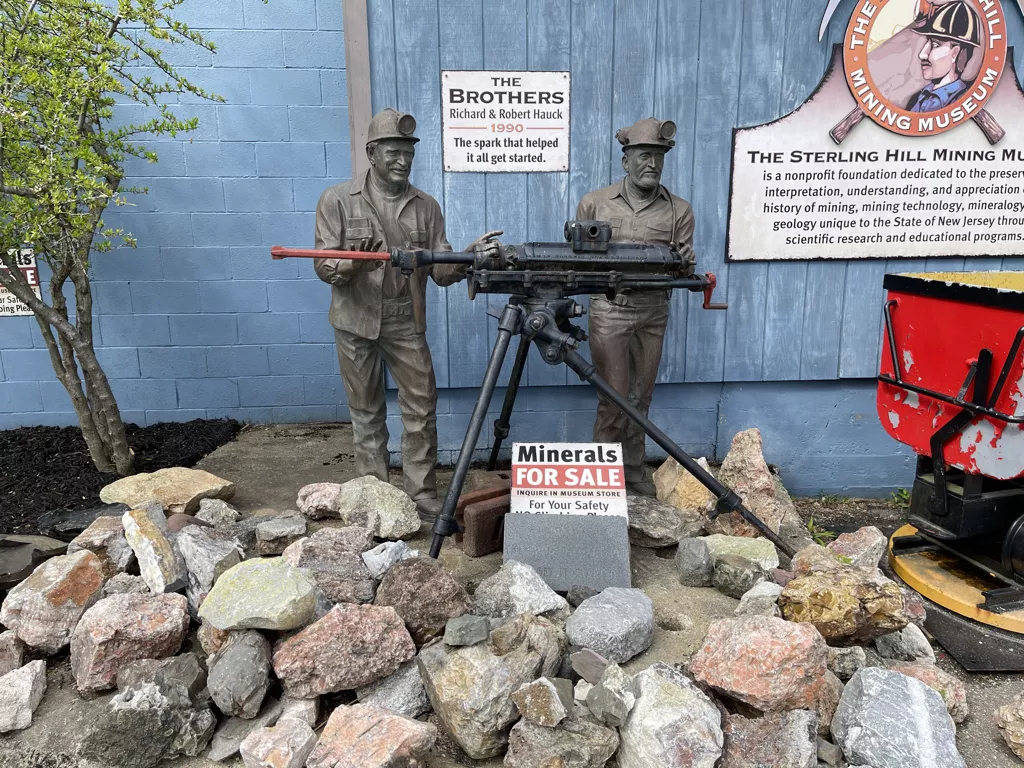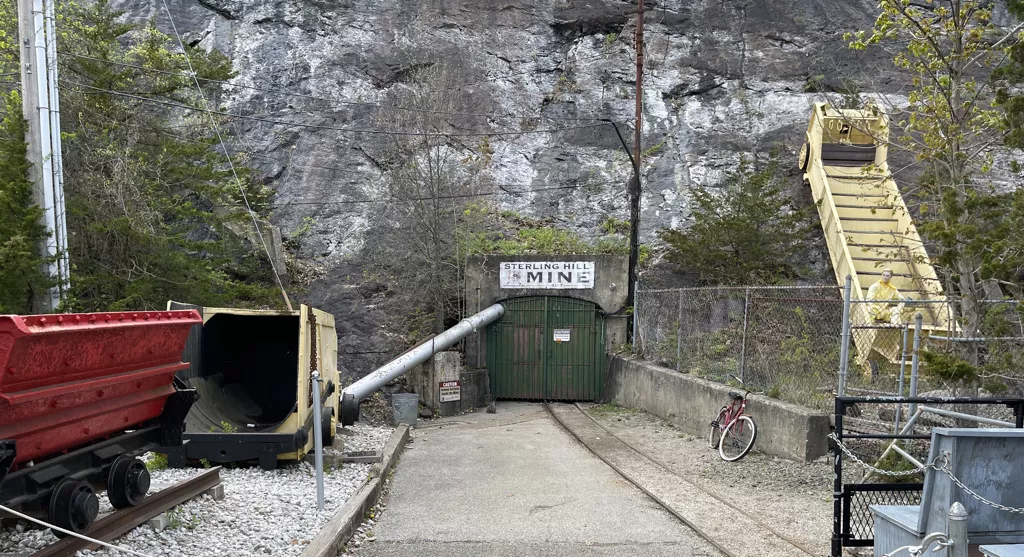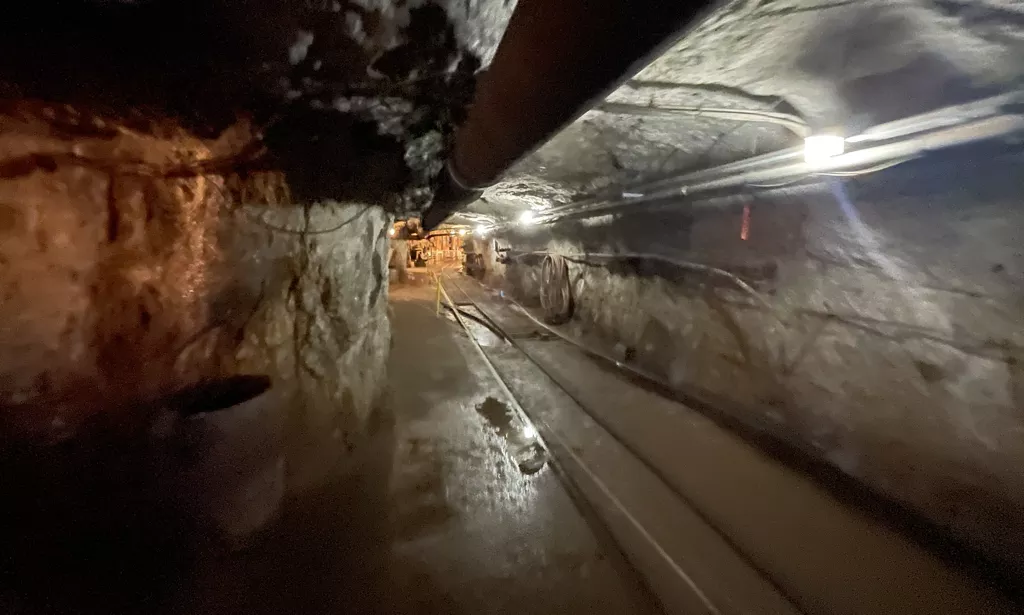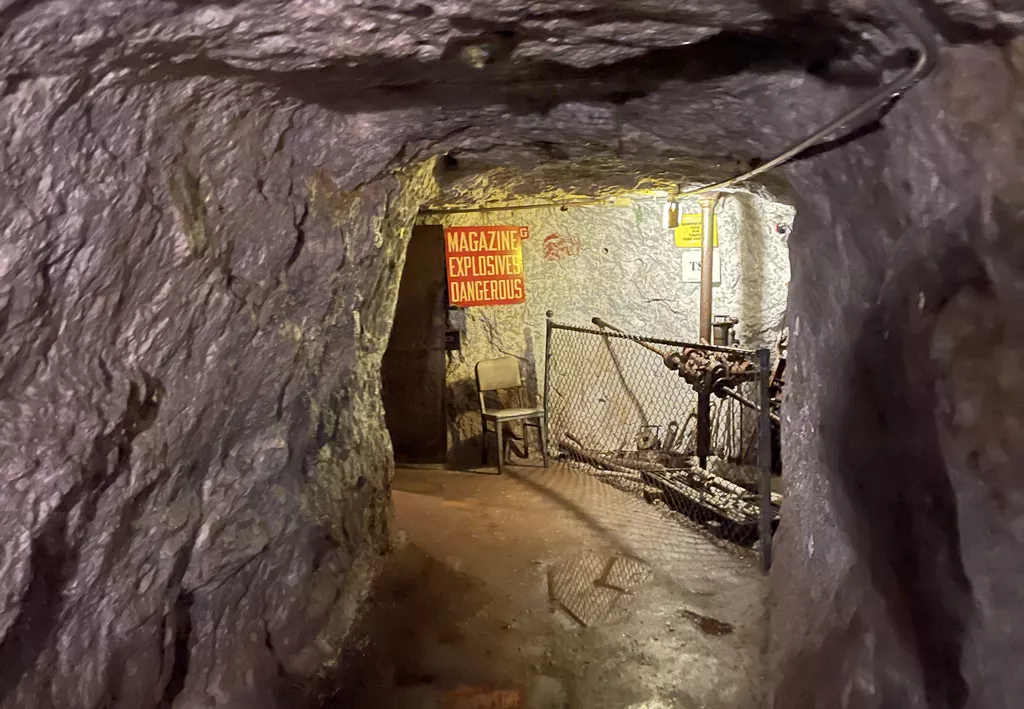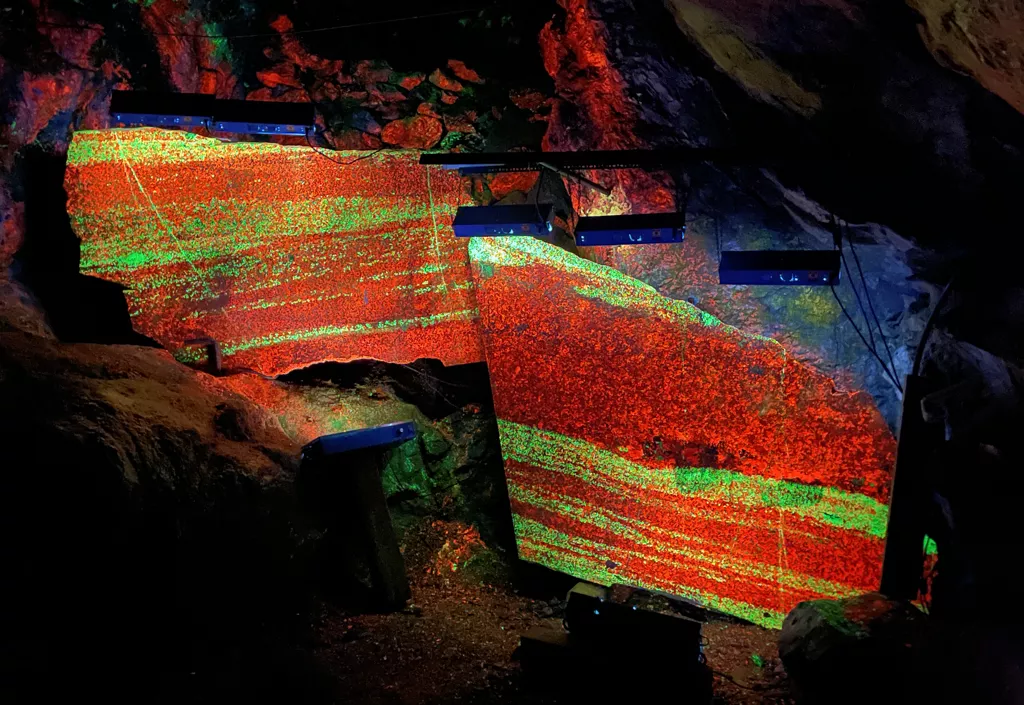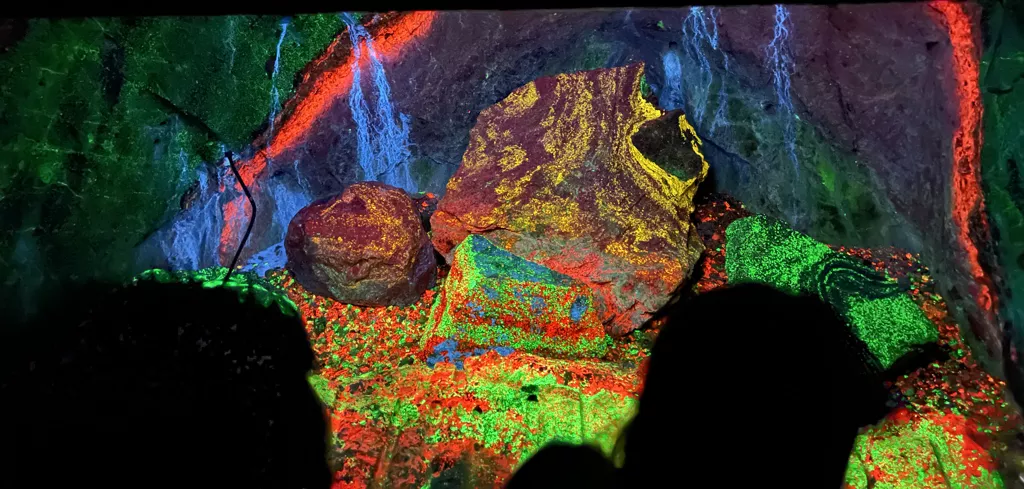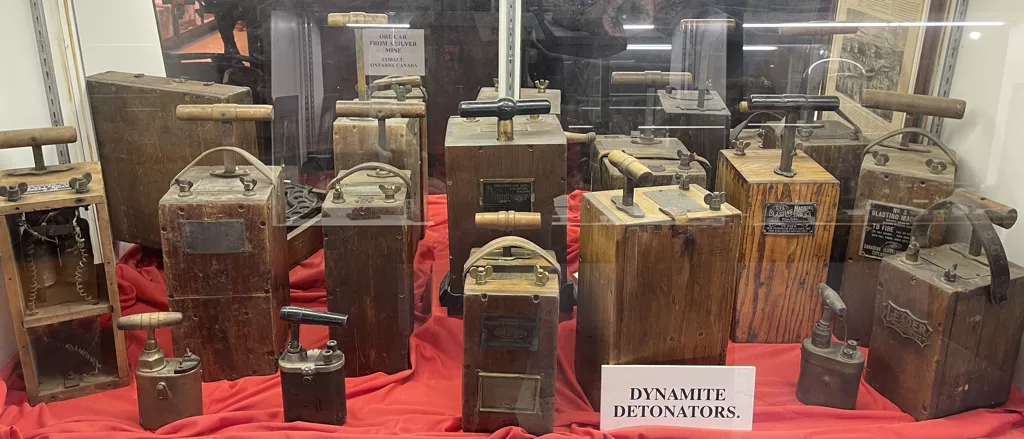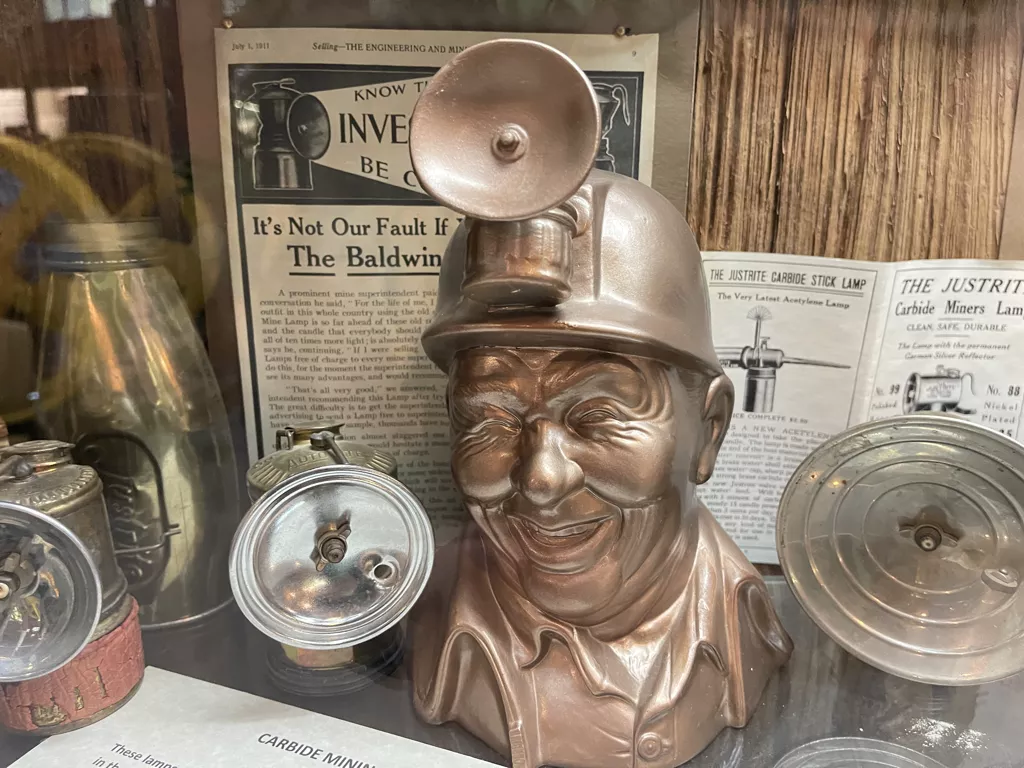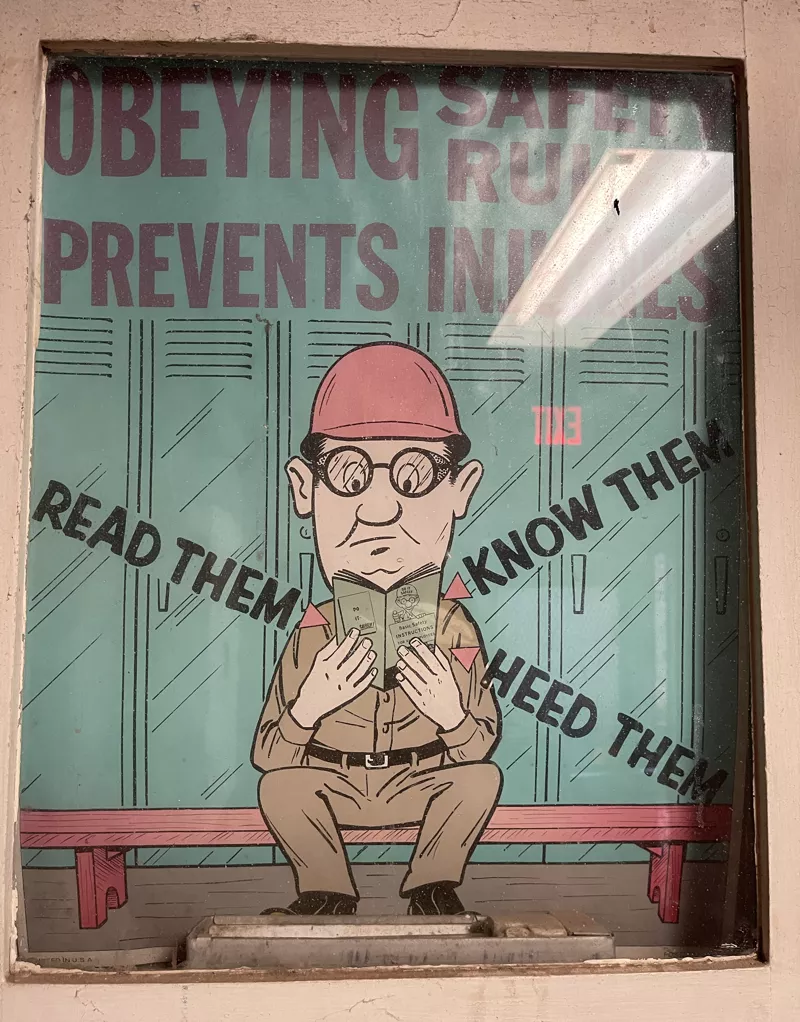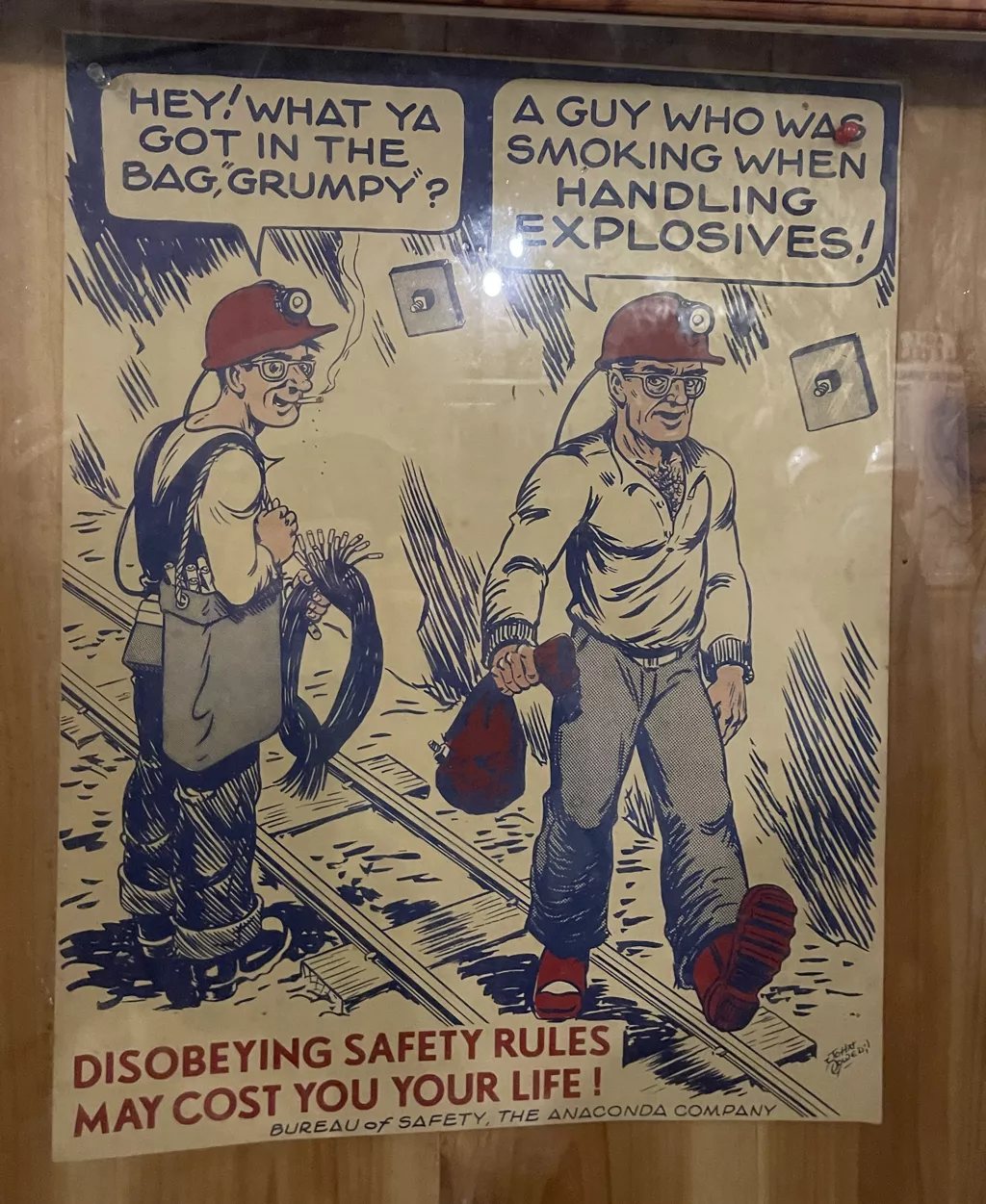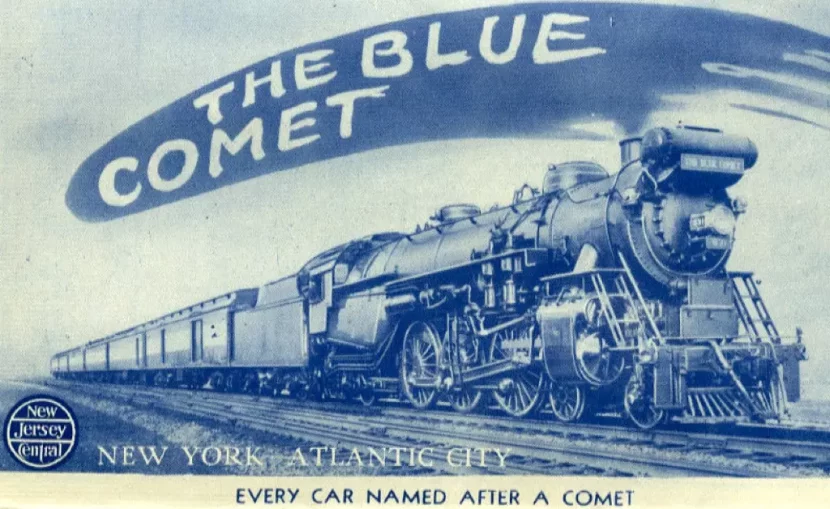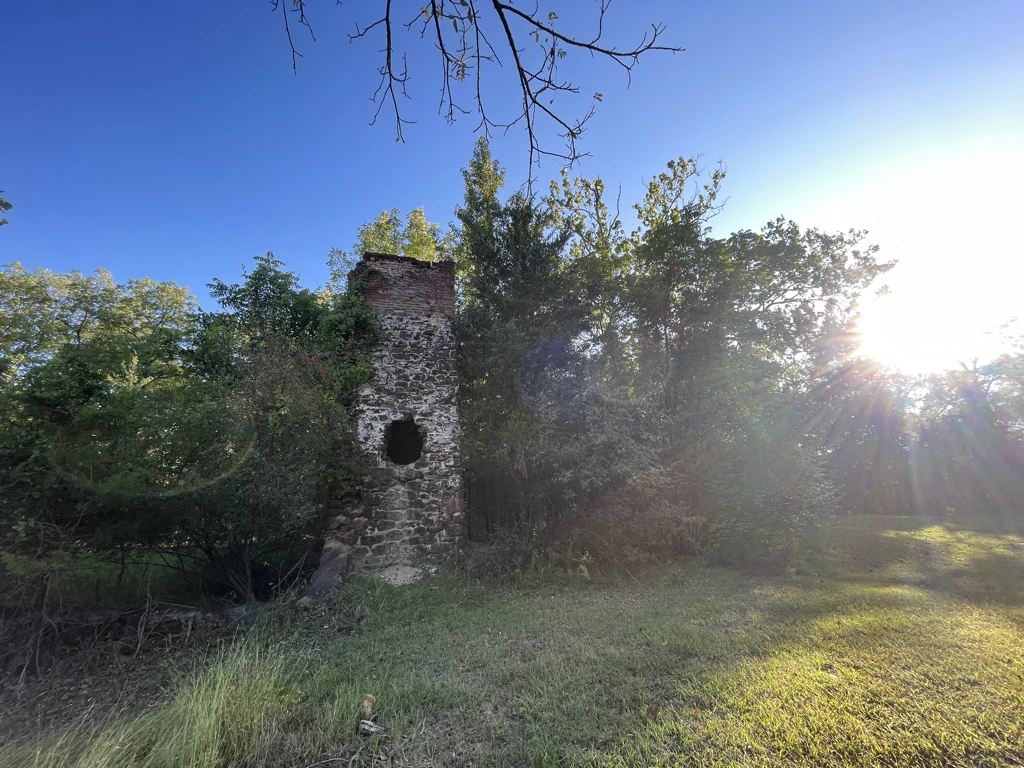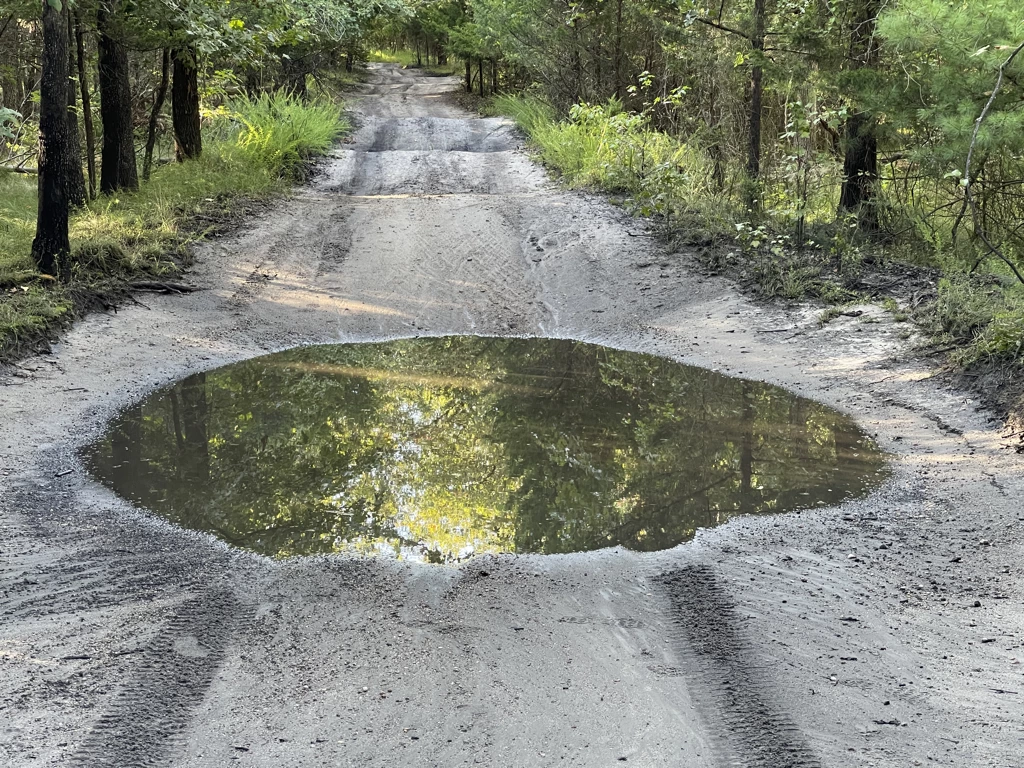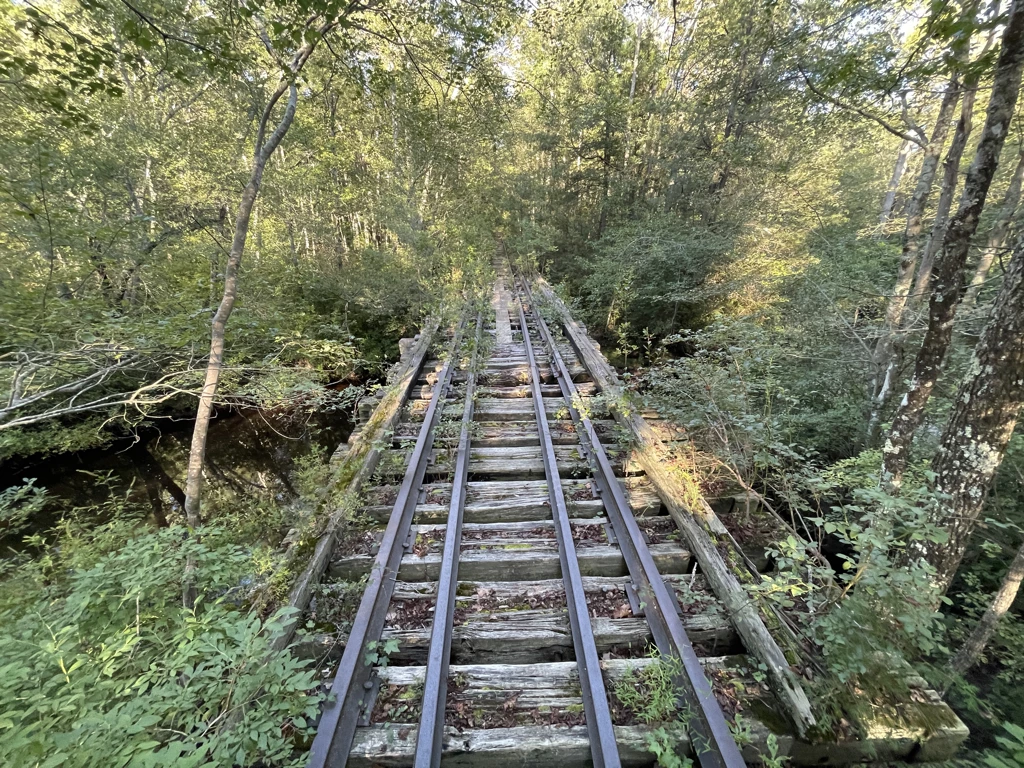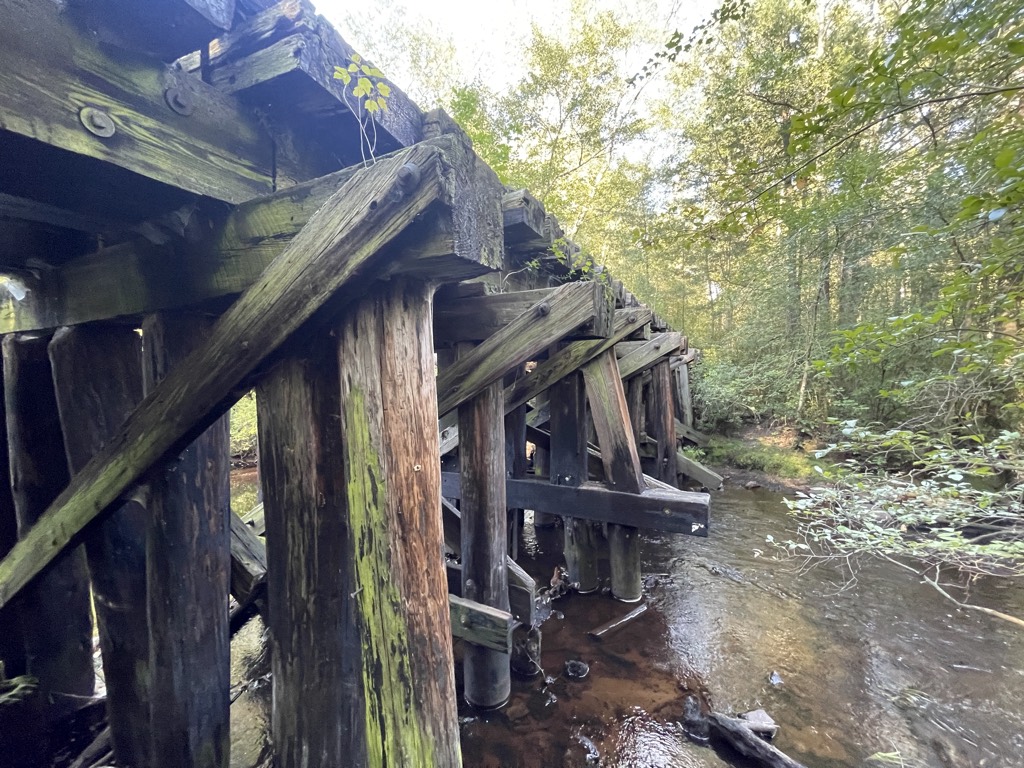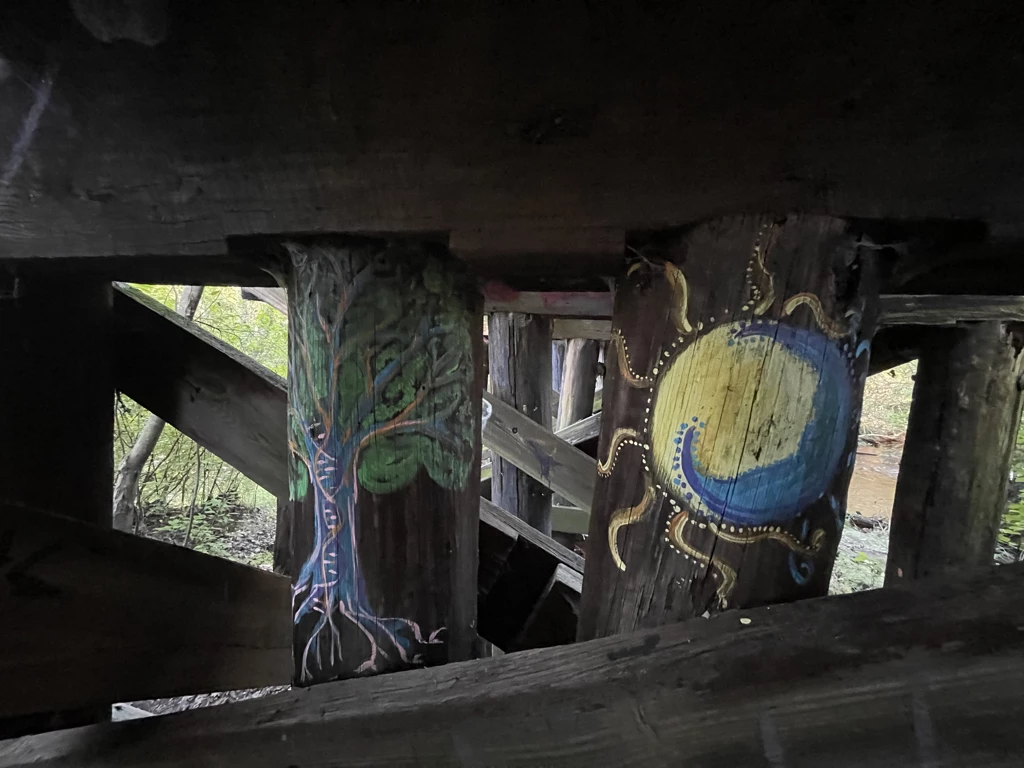This article represents my personal experience of Asbury Park. No doubt, it lacks information, contains errors and hyperbole, and does not match your personal experiences and perspectives.
In the late 1980s, I developed an obsession with music. Once I could drive, I became obsessed with seeing music shows. I collected band t-shirts, wheat-paste posters, ticket stubs, and wristbands. I met other people with these obsessions. We formed tribes and went to shows in New York City, Philly, and throughout New Jersey… Trenton, New Brunswick, and Asbury Park, a Jersey Shore town, known for its music venues. Most touring bands went from New York City directly to Philly, but on rare occasions, they took the hour detour to Asbury Park to play a gig.
Asbury Park has a rare mix of music venues that attract touring bands and the Shore (which is the total experience of New Jersey’s beaches, bays, boardwalks, boating, birding, bars, art, clubs, casinos, amusement parks, restaurants, shopping, fishing, surfing, hotels, motels, lighthouses, and any other type of fun that can be had within a narrow strip of land, sand and surf from Laurence Harbor in Raritan Bay to Fortescue Beach in Delaware Day). Over the years Asbury has had good times and bad, but it has always had a beach and for the past 50 years, at least one club (the Stone Pony).
I first discovered Asbury Park in the 1980s, but it wasn’t until the 1990s that I went there for shows. Sometimes the Stone Pony, the Rock Horse, the Saint, but mostly the Fastlane aka Fast Lane 2 (I don’t know why the name changed). Over time, my brain has blended all my experiences into a single meta-experience that goes like this: a car of 4 to 5 rowdy neer-do-wells, an hour on the New Jersey Parkway, maybe tolls were paid with Necco wafers, at night, cold, fourteen degrees Fahrenheit, arrive in Asbury Park, rumble down roads that are more pothole than asphalt, park, avoid zombies, see the show, run down to the beach, run up and down the ramps of the seemingly abandoned Howard Johnson, run back to the car avoiding zombies, leave. Unlike New York City or even New Brunswick, there wasn’t much of anything to do in Asbury in the 1990s besides see a show. No murals by internationally famous artists, no groovy record shops, no pizza joints or dive bars, no pinball arcades — not even a place to get a coffee for the long drive home. In the early 1990s, there were just a few music clubs, the smell of the sea, the crash of waves, the CLANG CLANG CLANG of the dangling beams of the rusting skeleton of uncompleted construction, and looming, massive and lifeless buildings like Berkeley Hotel, the Convention Center and the Casino. Everything seemed to crumble, rust, mold, pool, peel, flake, gasp, and occasionally scream.
Madam Marie’s (4/29/2006). I’m pretty sure she’s been around forever.

I don’t know why, but in the early 2000s, Asbury started to change. Friends started talking about a new club called the Asbury Lanes (which needs its own article), a hybrid bowling alley/punk rock club/diner next to the Fastlane. Businesses opened up on the boardwalk and in the Convention Center, local artists decorated the town the murals, and ALL my friends were excited to go there — not just the punk rockers. The town still looked rough and rusty, but for every ounce of cynicism there was an ounce and a half of hope, and the town changed.
“The Debris by the Sea” (4/29/2006). This sentiment changed over time, and in different ways for different people.
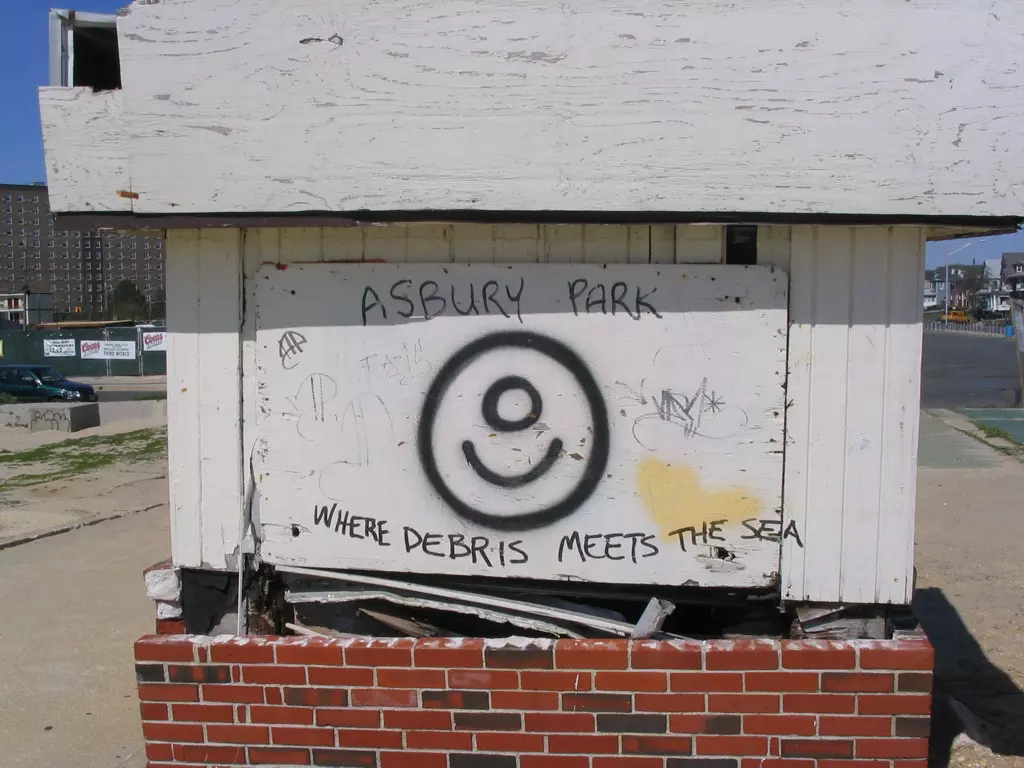
This is the wreckage of a large building by the oceanfront that was never completed. 4/29/2006.
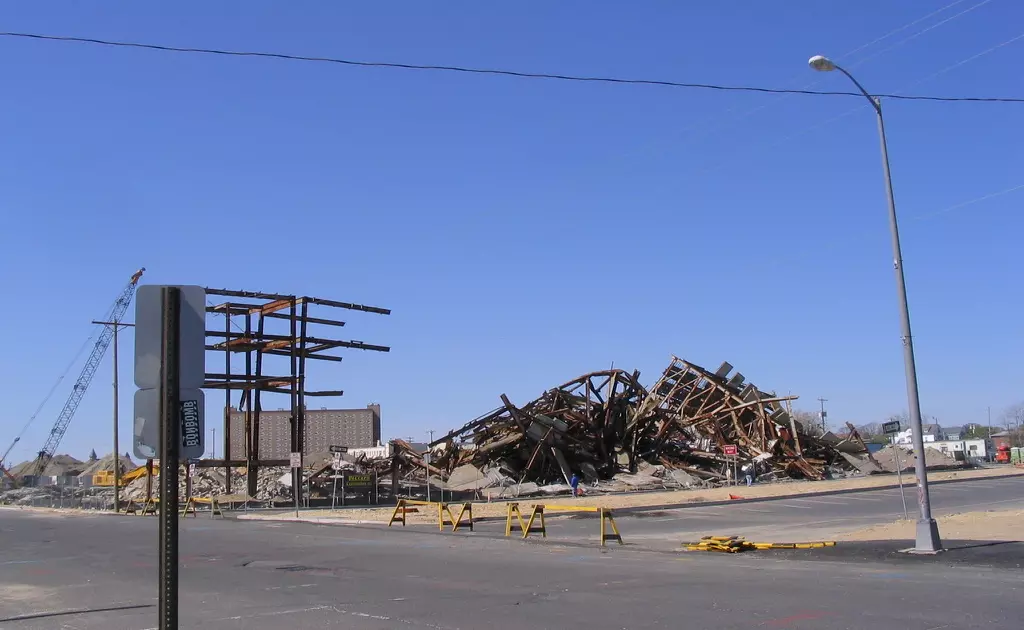
If my memory is correct, this scrap pile was the second attempt at a building in this location.
This is The Stone Pony, with the Phillips Seaview Tower in the distance (4/29/2006).
![]()
Both are essentially the same as of 2023. The Pony is about as no-frills as you can get. As long as I can remember it has been a single-floor stone building painted white. It has a stage inside and outside. It has clean bathrooms with a guy who will help you dry your hands.
This is The Casino, viewed from the neighboring town Ocean Grove (4/29/2006). Over the past 20 or so years the Casino houses art murals by local artists Porkchop and Bradley Hoffer and serves as a portal between Ocean Grove and Asbury Park.
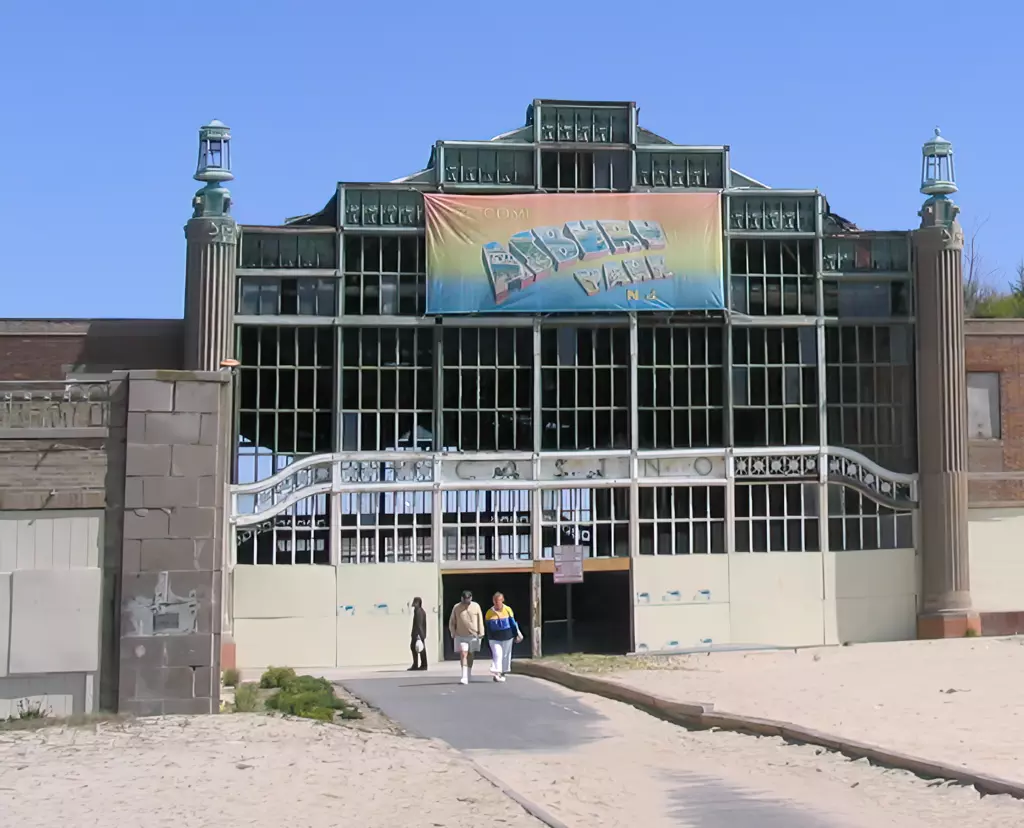
What I see is brick, molded concrete, oxidized iron and copper, plywood, and the cover of the Bruce Springsteen album inspired by the town, Greetings from Asbury Park.
This part of the Casino building was demolished… probably because it was falling apart and too close to the sea.
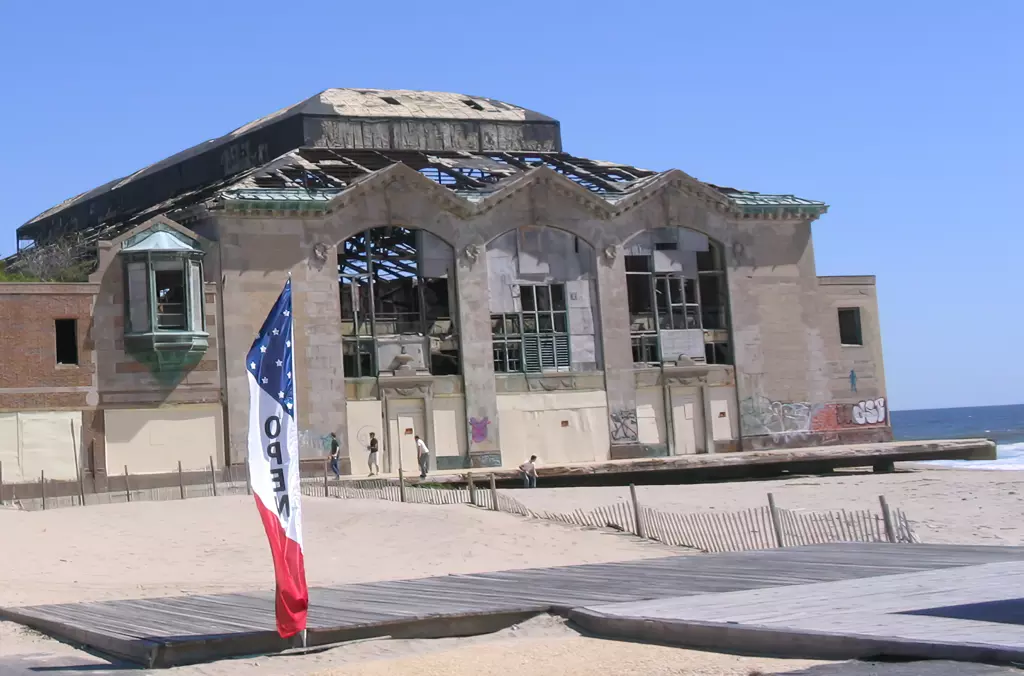
“LIQUOR” Building (1/25/2006). It was blown up on 12/31/2009. I think it was at the end of Cookman.
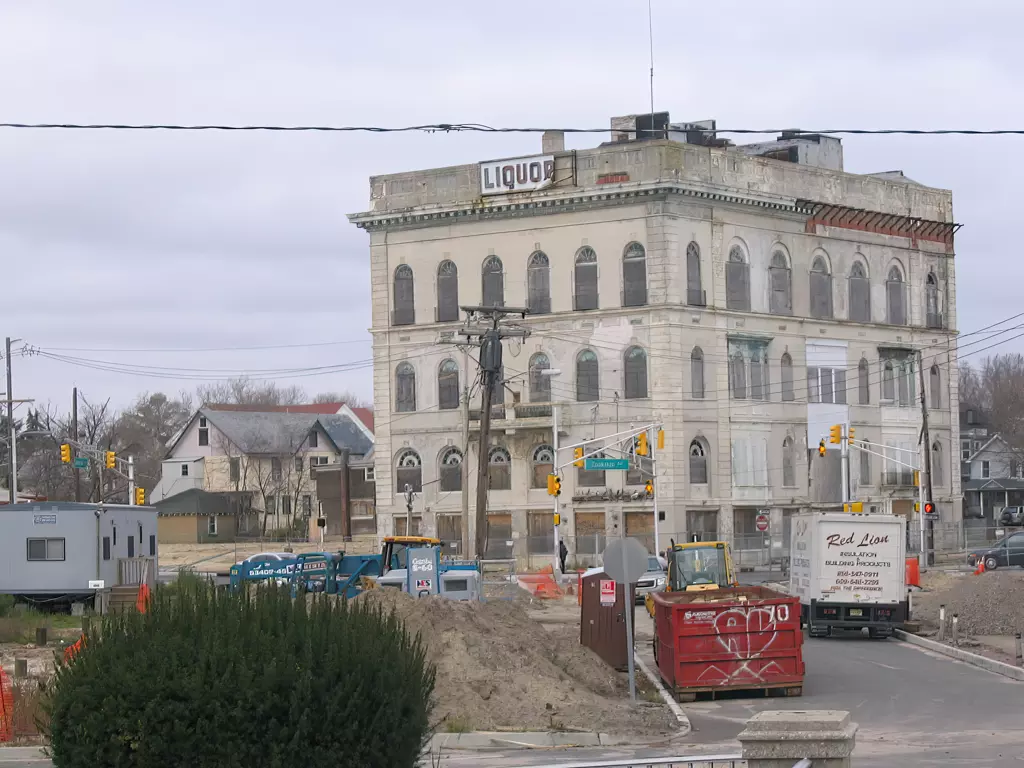
Though it looks like an ancient temple, this Asbury Park Steam Plant building powered the automated boats of Wesley Lake (4/29/2006):
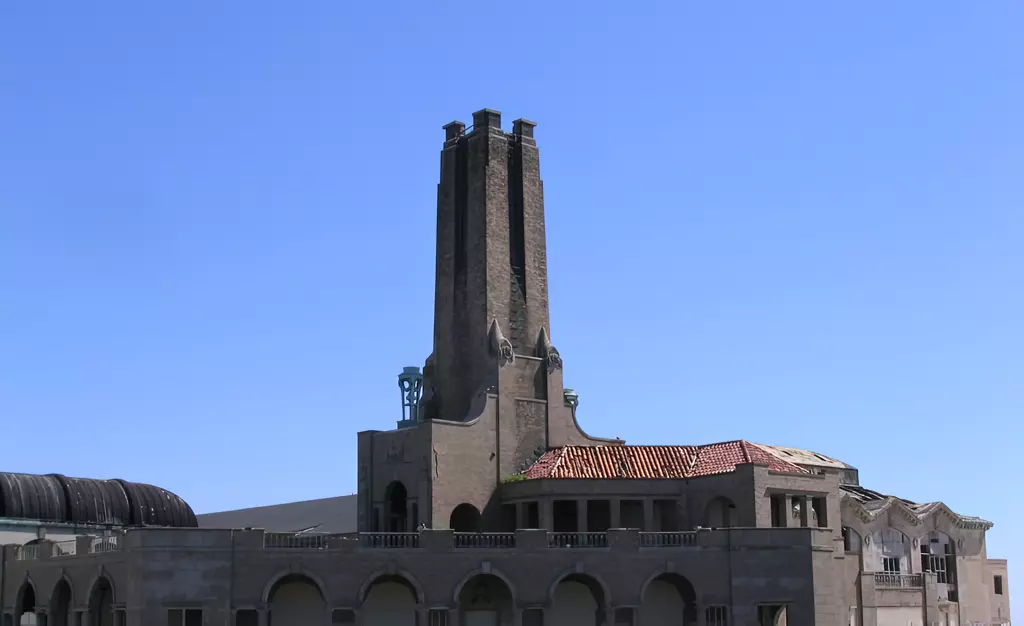
And this might be what it looks like inside (10/29/2010):
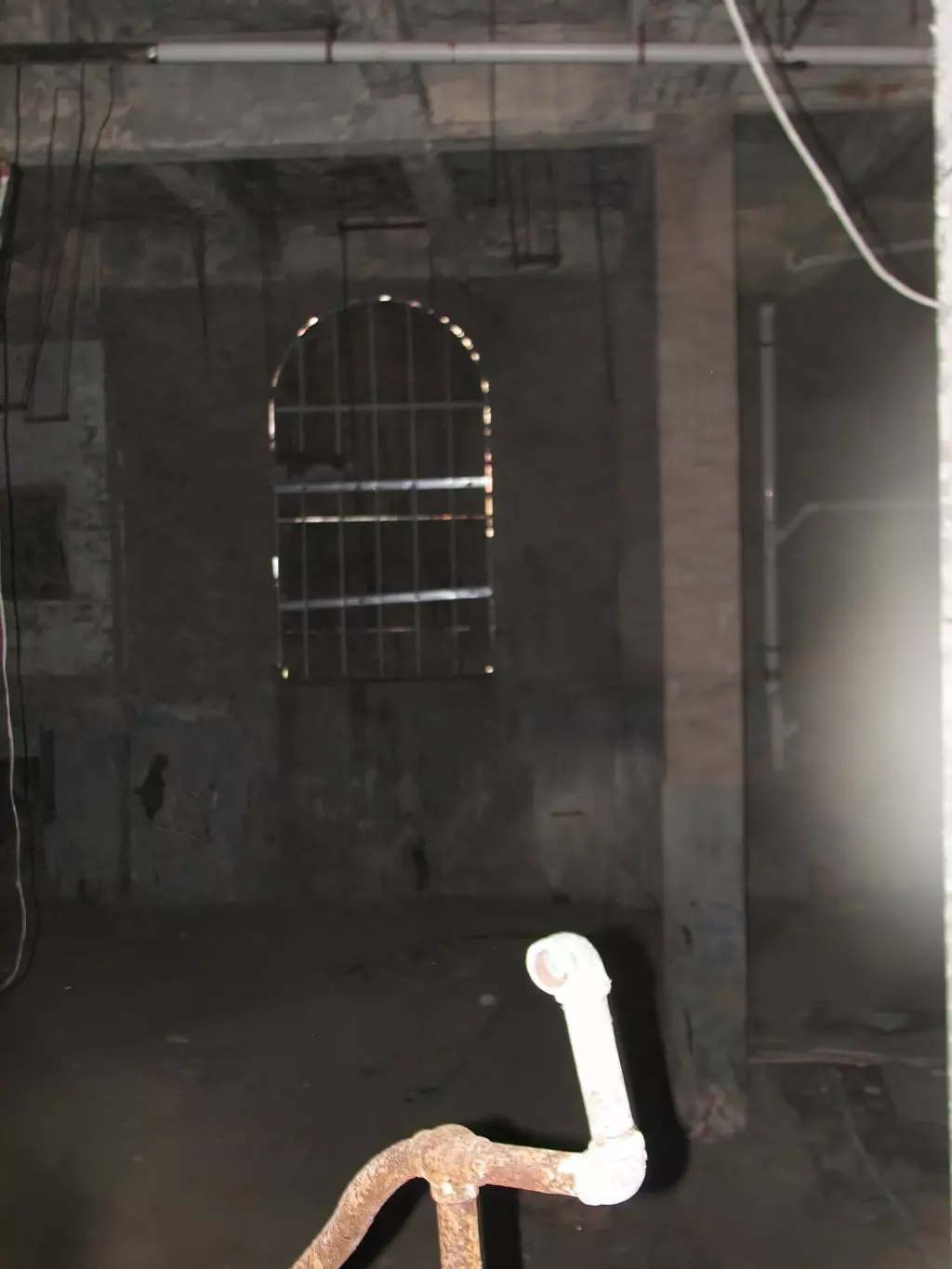
This is the box office of the Baronet Theatre (3/29/2009). The Baronet was next to the Fastline 2 aka the Fast Lane, a music club, which was next to the Asbury Lanes.
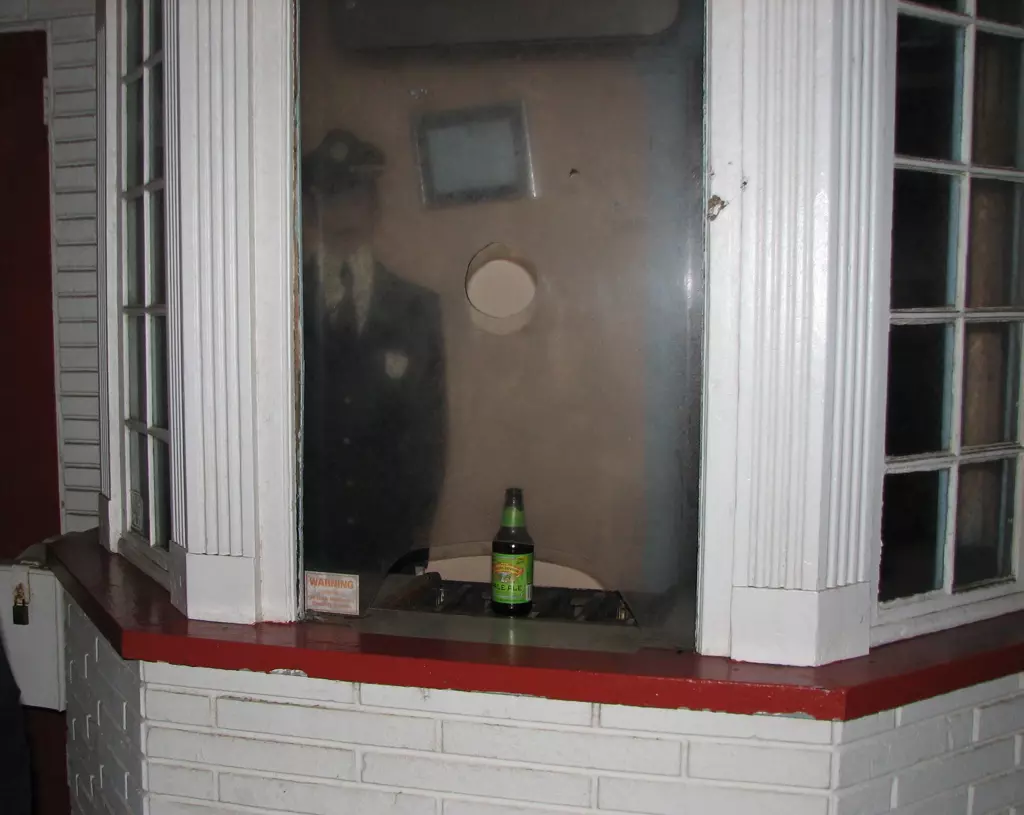
More about the Baronet Theatre.
This was the alley between the Fastlane and the Baronet Theatre (10/16/2008). There was a couch wedged in there and sometimes people wedged in there.
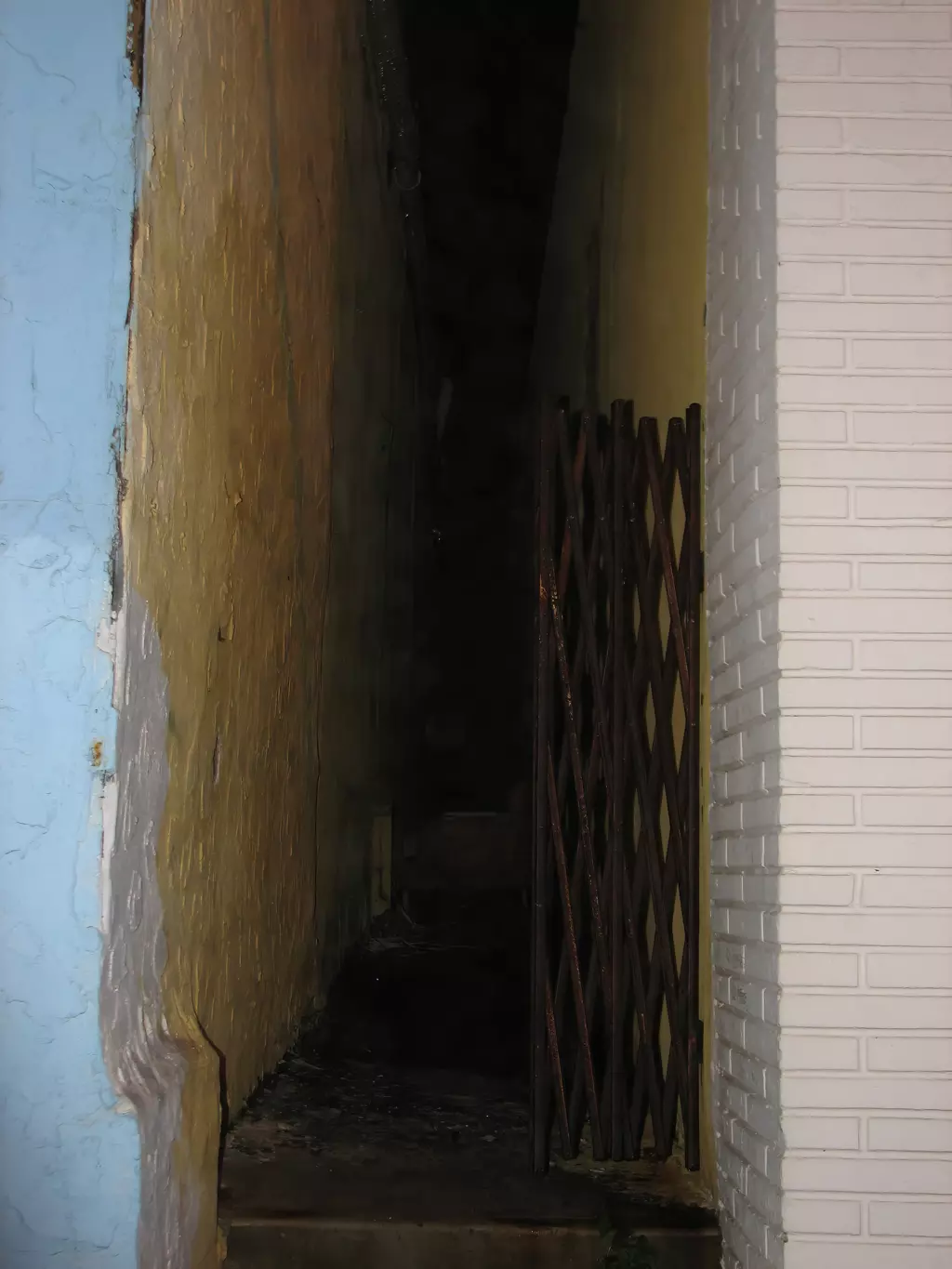
This is a photo of Asbury Lanes from 10/29/2010. Not sure what happened to the bowling pin sign. Hurricane Earl? Read more about it: Asbury Lanes (Asbury Park, NJ) The Best Years.
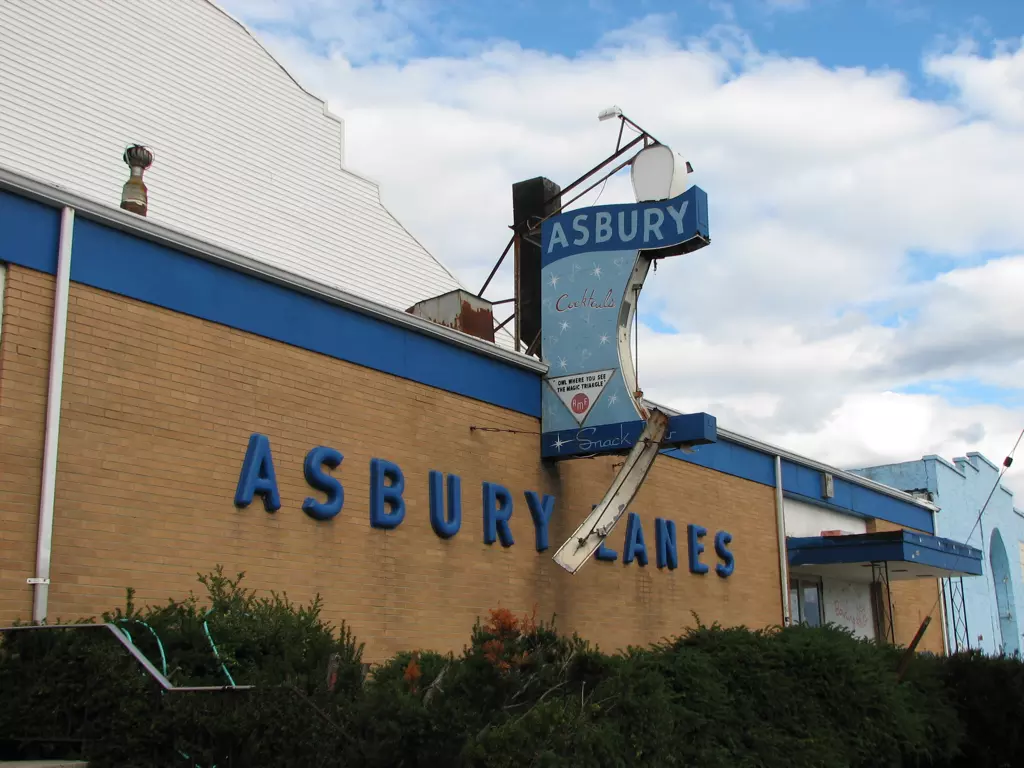
2006 to 2015 was my favorite era of Asbury Park. It had a perfect mix of music venues, art, bars, multiple record shops, and a place or two to get coffee. Now (2023) it’s not quite as perfect, but it’s still worth visiting once a month or so. If you do go, I recommend the art murals by the boardwalk, Parlor Gallery (art), Groovy Graveyard (records), Silverball Museum (arcade games & pinball), and Bond Street Bar.
More to read:
An insightful article about the Wonderbar and the early 2000s era of Asbury Park.
